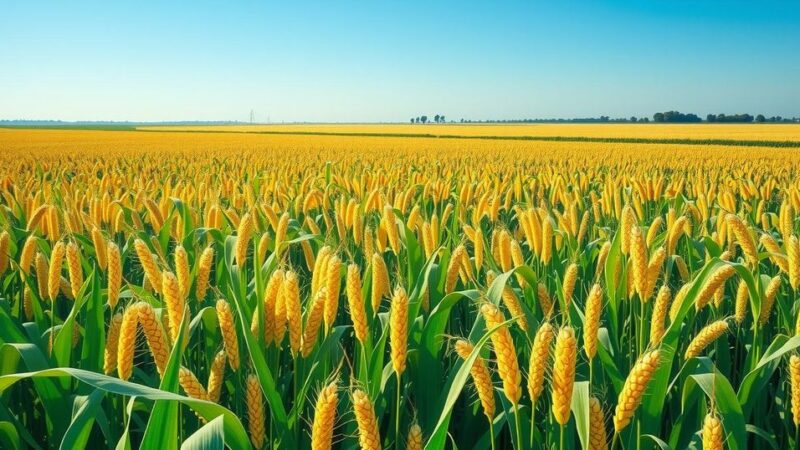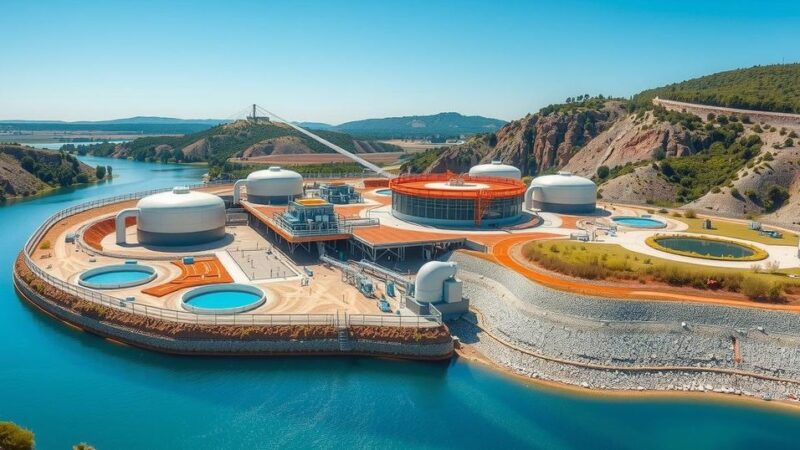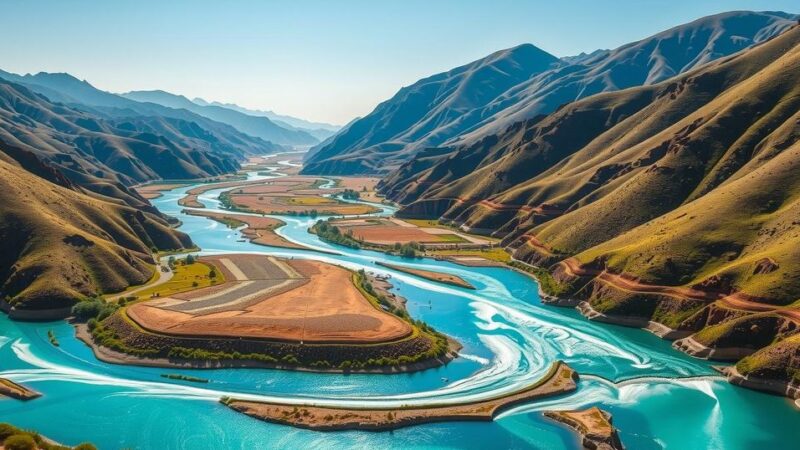The Safari Rally Kenya is notable for its significant modifications to cars, enabling them to navigate the country’s tough terrain and variable weather. The event begins with a ceremonial flag-off by President William Ruto, featuring a total distance of 384 kilometers. Key enhancements include snorkels and elevated suspensions, crucial for the challenging conditions. This year’s rally attracts 39 drivers, with a large global audience expected.
The Safari Rally Kenya is distinct in the World Rally Championship calendar due to its noteworthy visual and mechanical modifications made to the cars. These adaptations are essential for the vehicles to endure the challenging terrains of Kenya, recognized as one of the most demanding rallies globally.
The event commences today, March 20, with a ceremonial flag-off by President William Ruto, followed by the Super Special Stage in Kasarani before proceeding to Naivasha, Nakuru County. Participants will tackle a total of 384 competitive kilometers, marking the longest rally distance of the year, featuring treacherous roads, water crossings, and high-speed sections.
Key enhancements implemented in the cars include the installation of snorkels, which are raised air intakes that facilitate engine breathing during deep water crossings, thus preventing stalling, a common issue arising from the unpredictable weather conditions.
Additionally, the Safari Rally necessitates increased ride height due to its rugged nature. The vehicles’ suspension is elevated to manage the relentless undulations, sharp ruts, and substantial rocks. Achieving an optimal balance between ground clearance and stability is critical, as maintaining speed during fast-paced segments is paramount.
Given that the Safari Rally occurs in the high-altitude area of Naivasha, teams modify engine maps to address the challenges posed by thinner air, which diminishes engine power. Maximizing available power is crucial as drivers traverse the stunning African landscape.
This year’s event has drawn participation from 39 drivers hailing from various countries. Over four days, it is anticipated that more than 85 million viewers will watch the rally, with 100,000 spectators expected to attend in person in Naivasha.
The competition will see vehicles from renowned manufacturers such as Toyota, Hyundai, and Ford. Hyundai Motorsport aims to break Toyota’s perfect record at the Safari since its WRC return in 2021, spearheaded by drivers Thierry Neuville, Ott Tänak, and Adrien Fourmaux. M-Sport Ford fields three Puma Rally1 cars, driven by Grégoire Munster, Josh McErlean, and gentleman driver Jourdan Serderidis. In the WRC2 category, reigning champion Oliver Solberg headlines the competition in a Toyota GR Yaris Rally2, with Kajetan Kajetanowicz also debuting a similar model.
In summary, the Safari Rally Kenya features unique modifications to rally cars, enabling them to withstand the challenging terrain and unpredictable weather conditions of the region. The event attracts a large number of competitors and spectators, highlighting its status as a prestigious and globally recognized rally. The competition is not only about endurance but also speed, making the strategic modifications vital for success.
Original Source: www.the-star.co.ke






